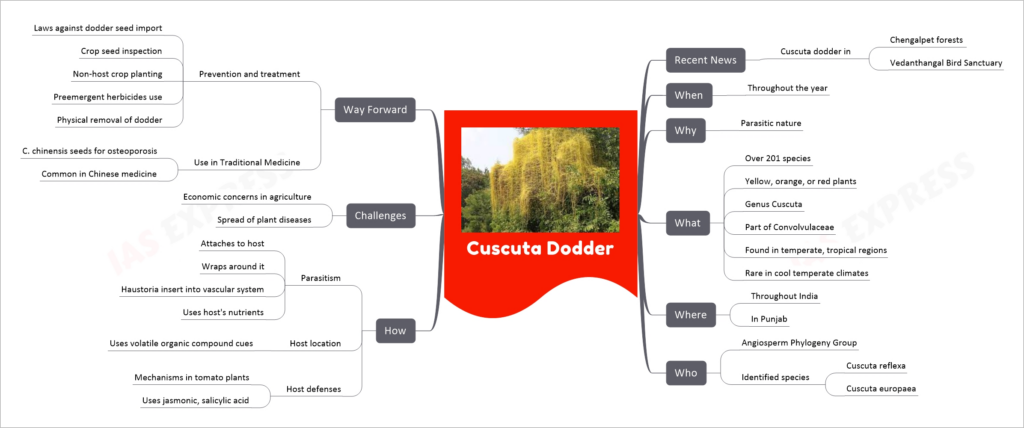Cuscuta Dodder

Cuscuta, commonly known as dodder or amarbel in India, is a genus of parasitic plants with over 201 species, mostly found in temperate and tropical regions, including Punjab, India. They are known for their parasitic nature, attaching to and wrapping around host plants to extract nutrients. The dodder’s significant impact lies in its economic threat to agriculture and its ability to spread plant diseases. Efforts to manage dodder infestations include legal restrictions on seed import, inspection of crop seeds, and agricultural practices like planting non-host crops and using preemergent herbicides. Interestingly, some species like C. chinensis are used in traditional Chinese medicine, notably for treating osteoporosis.
If you like this post, please share your feedback in the comments section below so that we will upload more posts like this.

